
University of Hawai'i at Manoa
Assistant Professor, 2020-present

Assistant Professor of Theoretical Physics
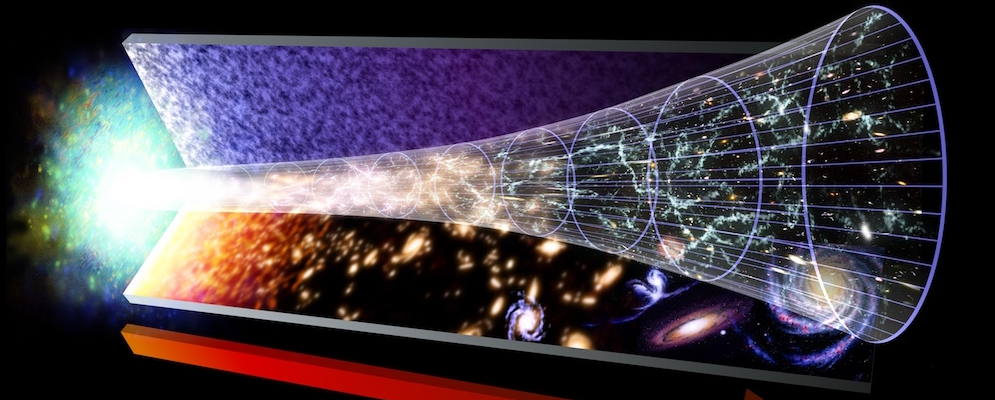
Assistant Professor of Theoretical Physics

I'm a theoretical physicist working at the University of Hawai'i at Manoa. The overarching theme of my research is the interplay between gravitation, cosmology, and astrophysics. Cosmology is the study of the origin, evolution, and fate of the universe, and it is an area of physics where we are constantly making new discoveries and uncovering unexplained mysteries. I try to understand these by mysteries by studying and testing gravity, the force that shapes the universe. I do this using a variety of astronomical and cosmological objects including black holes, stars, and galaxies.

Assistant Professor, 2020-present
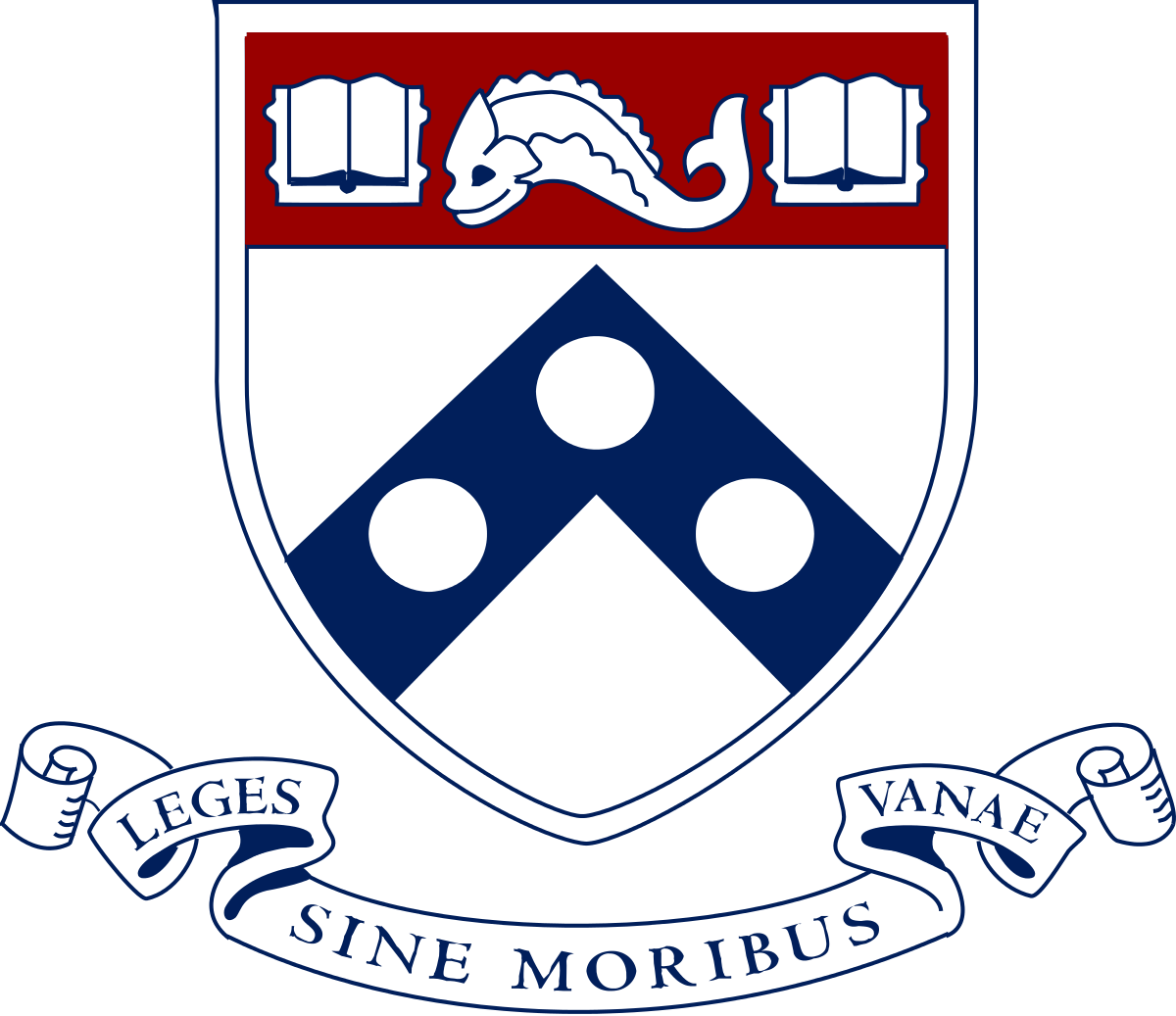
Postdoctoral Fellow, 2016-2020

Senior Research Fellow, 2014-2016

Visiting Fellow, 2013-2014

Ph. D., 2010-2014
Master of Mathematics, 2009-2010
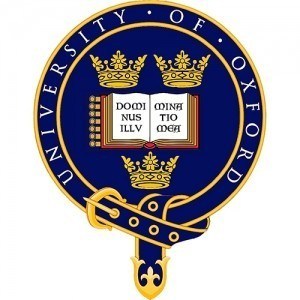
Master of Physics, 2005-2009
A full list of my publications can be found here.

In 1998 astronomers made a remarkable discovery, the expansion of the universe is accelerating! Gravity is an attractive force that shapes the evolution of the universe so it is surprising that something else seems to be pushing the universe apart. We call this dark energy and now know that it makes up over 60% of the total contents of the universe. I spend part of my time trying to understand dark energy by devising fundamental theories to describe it, and testing them using cosmological observations.

The majority of dark energy predicts modifications of Einstein's theory of general relativity. I spend part of my time devising new and novel ways of testing dark energy. I accomplish this by looking for signatures of these modifications inside astrophysical objects like stars, galaxies, and clusters. My research has used several types of objects including variable stars, neutron stars, galaxy clusters, galaxy rotation curves, and black holes.

The Hubble constant is a number that measures how fast the universe is expanding. There are two ways of measuring it: by measuring the distance to other galaxies and seeing how fast they are moving away from us, and using properties of the cosmic microwave background — light left over from the big bang. These two measurements to not agree. The disagreement is a strong hint that there is new physics that we have yet to discover, and I spend some of my time developing theoretical explanations for this tension.

For the first time in history we have been able to see the universe through a new window: gravitational waves. These are ripples in the fabric of space-time. Observing the same event using different types of signals, for example, light and gravitational waves, we can test physics in new and interesting ways. I spend part of my time thinking about how we can use multi-messenger events to test physics and understand dark energy. As an example, the recent observation of light and gravitational waves from two merging neutron stars allowed us to confirm that gravity and light move at the same speed.

Black holes are amazing and fascinating objects. An object trapped inside can never escape, and the curvature of space-time at the center is infinite. The advent of gravitational wave astronomy has allowed us to observe black holes merging through their gravitational wave signals. I spend some of my time thinking about how we can test gravity and dark energy using these objects, and what we can learn about particle physics.

When matter and anti-matter meet, they annihilate one another. So why is there more matter than anti-matter in the universe? This question cannot be answered within the framework of the standard model of particle physics and is a strong hint that there is physics beyond this. I spend some of my time devising models that could generate the observed asymmetry, and thinking of ways of testing them.
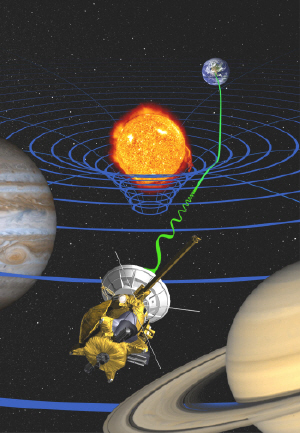
This six hour lecture course is aimed at postdocs and graduate students. The course is an introduction to non-relativistic gravity with an aim towards testing alternative theories of gravity. The topics covered are: Newtonian and post-Newtonian general relativity, screening mechanisms, and non-relativistic stars.
xAct is an add-on package for Mathematica that performs tensor algebra. I have written a short tutorial that is aimed at researchers working in modified gravity and cosmology. The topics covered are: tensor manipulations (xTensor), equations of motion (xPert), coordinate systems (xCoba), advanced commands (xTras), cosmological perturbation theory (xPert), and relativistic stars.
xAct can be downloaded here.
Instructions for using xTras (including the packages that need to be downloaded) can be found here.
The extra package xPand is also required and can be downloaded here.
My tutorial is available here.
I have also written some example problems that can be downloaded here. Solutions are available upon request.
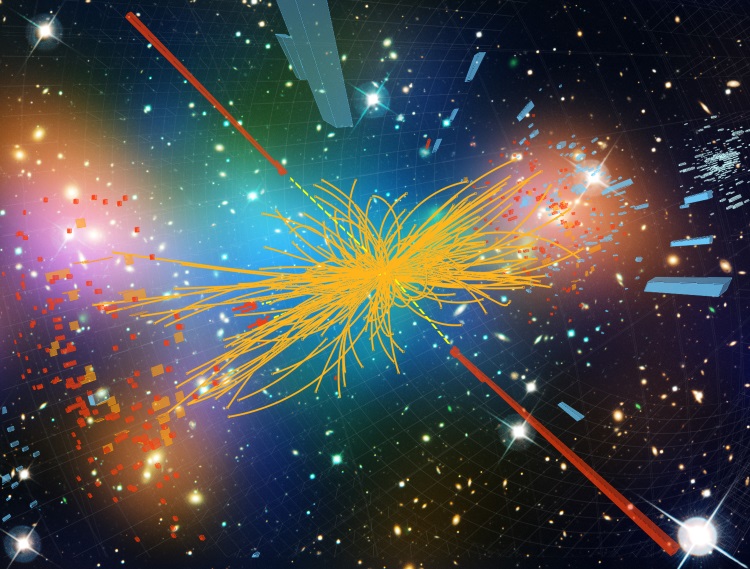
The next decade will herald a wealth of data from cosmological surveys. The novel probes project aims to maximize the scientific potential of this data by facilitating interactions between theorists and observers. I am a key contributor to this project and have a leadership role within its organization. To learn more click here.